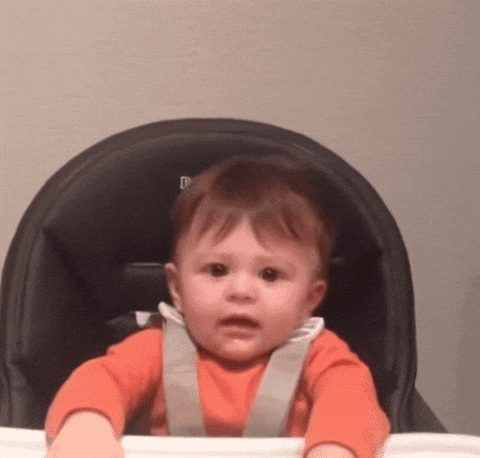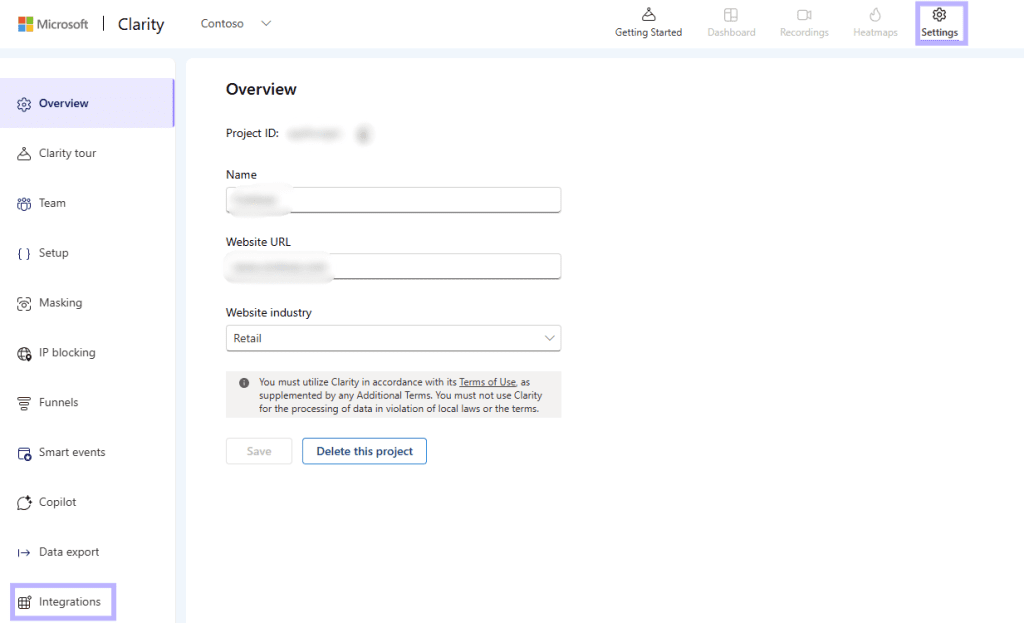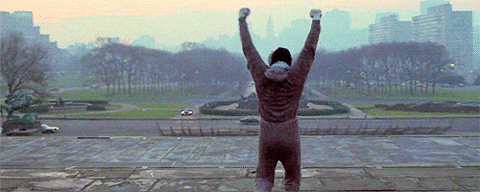Here’s the thing about digital advertising: doesn’t it feel like people jump straight from the click to the conversion and ignore everything in between? Then they complain about why their ROAS is so low, asking, “Why aren’t more people converting?”
WAHHHHHHH (Baby Sound)

Dude, go check out why.
There’s so much value in understanding the entire user journey—from the moment they click an ad to the steps they take before converting—but it’s often overlooked. Imagine being able to spot every friction point standing between that initial click and the final conversion. Fixing those issues can lead to a significant boost in ROI. That’s why this latest release from Clarity is so exciting. Let’s dive into the new features!

Connecting Google Ads
The first step is to connect your Google Ads account with Microsoft Clarity.
Head over to your Admin Settings and click Integrations.

Select the Google Ads integration and add your Google Ads account.

Once connected, you’ll see a new dashboard in your Clarity account.

This dashboard is loaded with helpful information, starting with a quick overview of your campaign performance—sessions, impressions, CTR, CPC, CPA—all in one place.

It’s a great gut check, and even if a campaign hasn’t driven any sessions, you’ll still see it listed in your dashboard.
From there, it gets even better. You can quickly see which campaigns drive the most (and least) engagement on your site.

How Intent is Defined in Clarity
Clarity’s User Intent Metrics offer a powerful way to assess the quality of your website traffic by categorizing sessions based on user engagement signals. By leveraging these insights, I can quickly evaluate which of my Google Ads campaigns are driving meaningful engagement and which need optimization. This helps me refine targeting, ad creatives, and landing page experiences to improve key performance indicators (KPIs) like click-through rates (CTR), conversions, and overall impressions.
How Intent is Categorized in Google Ads:
Clarity groups traffic into three intent levels, helping advertisers and campaign managers identify high-value visitors and areas for improvement:
- Low-Intent Sessions – Users show minimal engagement, leading to lower CTR and conversion rates. In the image, campaigns marked as “Low” Intent have higher impressions but significantly lower CTRs (e.g., 3.50% CTR with 46,020 impressions and 1.40% CTR with 3,080 impressions).
- Medium-Intent Sessions – Users engage more by clicking or scrolling, indicating moderate interest in the ad content. For example, campaigns with “Medium” Intent in the image show CTR above 5%, suggesting better engagement.
- High-Intent Sessions – These users demonstrate strong engagement, clicking and interacting with smart event goals, leading to higher conversions and more efficient ad spend (not visible in the image but a crucial benchmark to aim for).
How to Use Intent Data:
With User Intent Metrics available as dashboard widgets and filters, I can quickly analyze session recordings and heatmaps for deeper insights—especially when fine-tuning Google Ads campaigns.
- Session Recordings – Clicking the recording icon allows me to see exactly how users behave post-click, helping identify drop-off points and optimization opportunities.
- Heatmaps– The heatmap icon reveals how users engage with landing pages, showing where they click or scroll most, guiding better content placement and design improvements.
By using Clarity’s intent data, advertisers and marketing teams can move beyond surface-level metrics, optimize ad performance, and enhance the user experience—ultimately leading to better conversions and ROI.
Common Friction Points

Often, when users drop off, there’s a reason. Here are a few typical friction points you may discover by analyzing your Clarity data:
- Confusing forms or checkout processes (e.g., too many required fields)
- Slow-loading pages (especially if visitors come from mobile devices)
- Misaligned landing-page content (if the ad promise doesn’t match the page)
- Navigation or layout issues (unclear menus, missing CTAs)
By spotting these issues in session recordings and heatmaps, you’ll understand exactly where users give up or struggle. Fixing even one or two of these friction points can significantly improve your conversion rate.
Leveraging Google Ads and Clarity together enables you to understand the full pathway from ad click to conversion. By optimizing each stage of the user experience—identifying friction, refining ad copy, and ensuring seamless landing pages—you ultimately convert more users into buyers.

